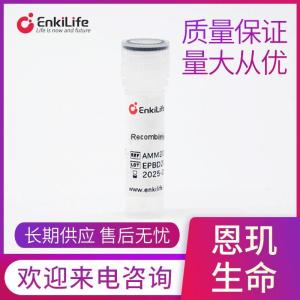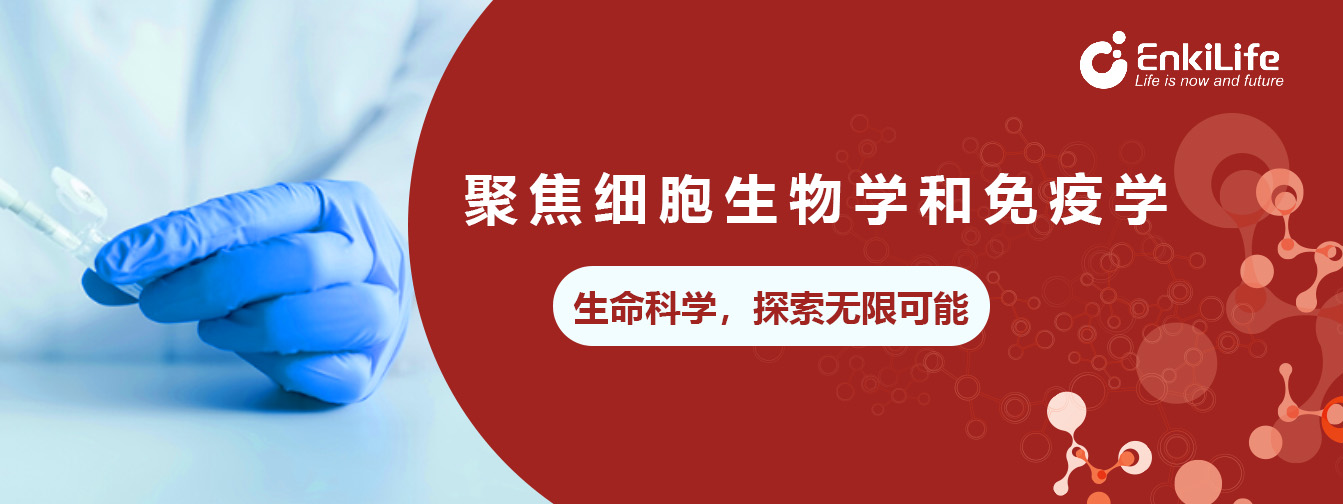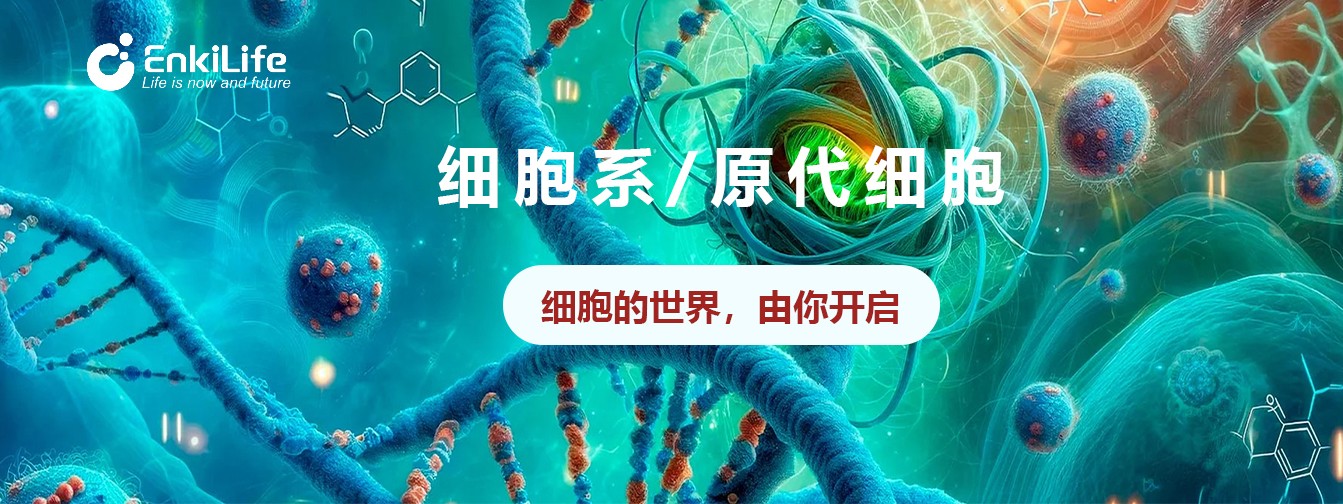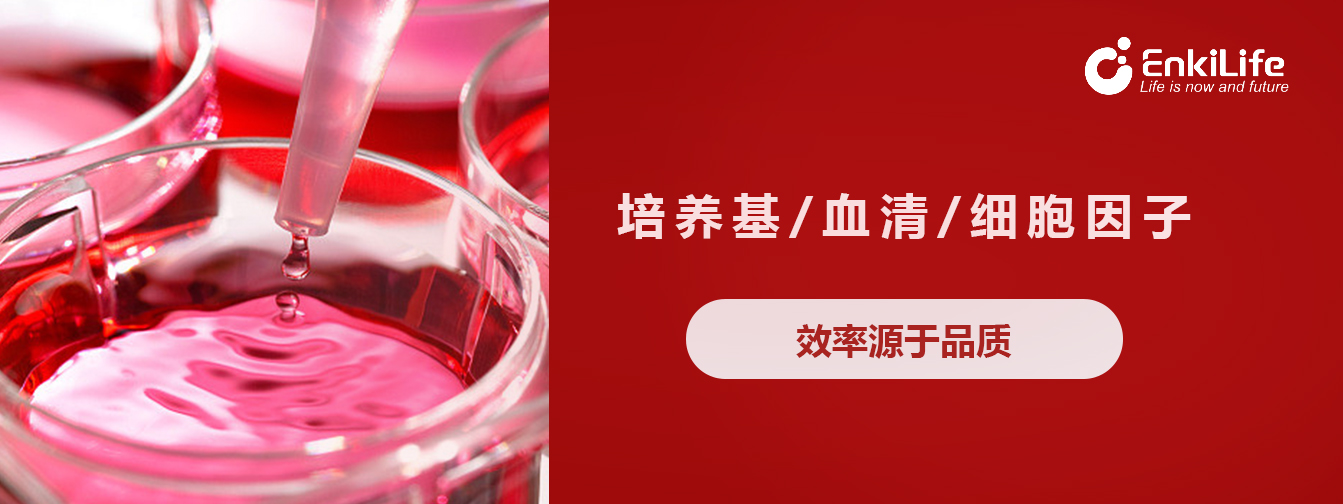
|
- 品牌:EnkiLife
- 产地:中国
- 型号:50μg
- 货号:PEM0275
- 纯度:95
- 价格: ¥2280/支
- 发布日期: 2025-06-23
- 更新日期: 2025-11-14
| 产地 | 中国 |
| 品牌 | EnkiLife |
| 货号 | PEM0275 |
| 用途 | |
| 包装规格 | 50μg |
| 纯度 | 95% |
| CAS编号 | |
| 是否进口 | 否 |
| 产品名称 | Recombinant Mouse CCL9 |
| 英文名称 | CCL9/C-C motif chemokine 9 |
| 纯度 | Greater than 95% as determined by reducing SDS-PAGE |
| 内毒素 | <1 EU/μg as determined by LAL test. |
| 蛋白构建 | Recombinant Mouse C-C Motif Chemokine 9 is produced by our E.coli expression system and the target gene encoding Gln22-Gln122 is expressed. |
| Accession | P51670 |
| 表达宿主 | E.coli |
| 种属 | Mouse |
| 预测分子量 | 11.6 KDa |
| 制剂 | Lyophilized from a 0.2 μm filtered solution of 20mM His-HCl, 8% Sucrose, 0.05% Tween80, pH5.5. |
| 运输方式 | The product is shipped at ambient temperature.Upon receipt, store it immediately at the temperature listed below. |
| 稳定性&储存 | Lyophilized protein should be stored at ≤ -20°C, stable for one year after receipt.Reconstituted protein solution can be stored at 2-8°C for 2-7 days.Aliquots of reconstituted samples are stable at ≤ -20°C for 3 months. |
| 复溶 | Always centrifuge tubes before opening.Do not mix by vortex or pipetting.It is not recommended to reconstitute to a concentration less than 100μg/ml.Dissolve the lyophilized protein in distilled water.Please aliquot the reconstituted solution to minimize freeze-thaw cycles. |
| 分子别名 |
| C-C motif chemokine 9; CCF18; Macrophage inflammatory protein 1-gamma; Macrophage inflammatory protein-related protein 2; Small-inducible cytokine A9; Scya10; Scya9 and CCL9 |
| 背景介绍 |
| C-C motif chemokine 9(CCL9) is an 11 kDa, secreted, monomeric polypeptide that belongs to the beta (or CC) intercrine family of chemokines. It is expressed mainly in the liver, lung, and the thymus, although some expression has been detected in a wide variety of tissues except brain. Monokine has inflammatory, pyrogenic and chemokinetic properties. It circulates at high concentrations in the blood of healthy animals. Binding to a high-affinity receptor,it activates calcium release in neutrophils. It also inhibits colony formation of bone marrow myeloid immature progenitors. CCL9 can activate osteoclasts through its receptor CCR1 (the most abundant chemokine receptor found on osteoclasts) suggesting an important role for CCL9 in bone resorption. |
注意事项
本司产品仅用于科研,不用于临床诊断




